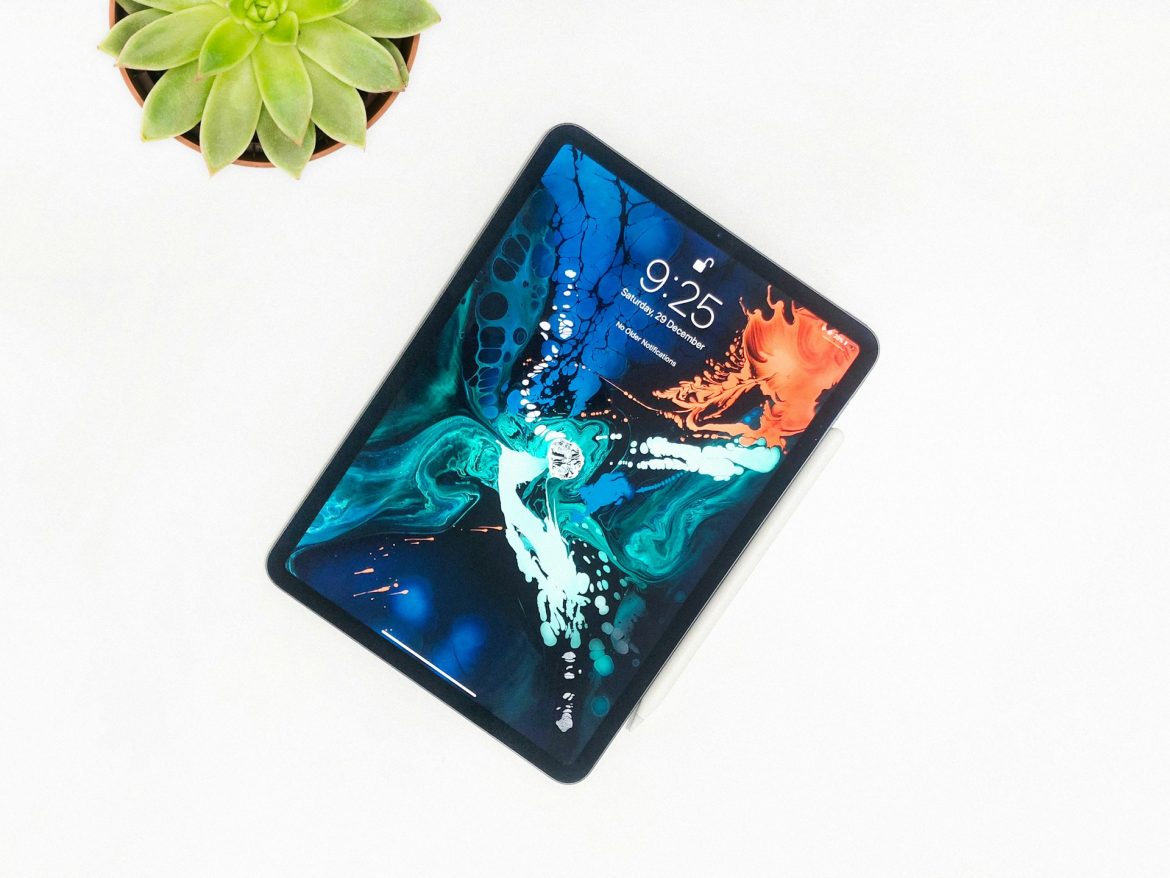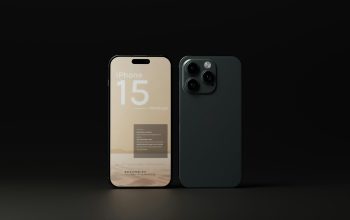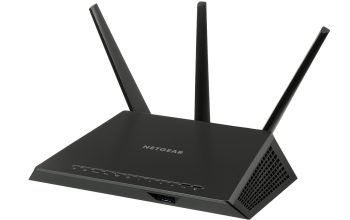The iPad has seen many improvements, but the biggest hindrance remains iPadOS – even the M4 chip can’t fix that. Apple needs to address this: Here are the 12 most critical issues.
Buying an iPad is a double-edged sword. It’s not because the iPad Pro M4 is now the thinnest Apple device ever, but because Apple continues to pair excellent hardware with an extremely limited operating system. The iPad, particularly the Pro version, could be the perfect computer: robust, portable, very fast, and without the dystopian AI of other big-tech companies. However, Apple applies the brakes with iPadOS: The operating system, now in version 17, is still not good.
It’s a shame because the hardware has always been great, impeccable in terms of touch and quality. Hardware-wise, the iPad has long caught up with the Mac, being powered at least partially by M-chips – and it has outperformed many PCs. Even in 2010, the first iPad was functionally little more than a large iPod Touch.
Today, many generations of devices and operating systems later, there are essential system functions such as multitasking, a file manager, support for stylus, mouse, and game controllers. The continuous attempt to retrofit desktop features into iOS, which were not originally planned, has turned the iPad into a strange mobile-desktop hybrid that wants to do everything – but doesn’t excel at anything.
Multitasking Nightmares
For instance, anyone wanting to use a computer effectively needs multitasking. Multitasking in iPadOS remains a huge problem. The original mobile multitasking, which has been part of the iPad since its inception, wasn’t sufficient for the larger screen. In short, Apple began adding the feature with various swipe gestures.
It wasn’t until iOS 9 that the iPad got Split-View and Slide-Over, and with iPadOS 16, the terrible Stage Manager was added as an optional multitasking option. Both versions share the characteristic that windows scale the app size according to the device: the windows do not behave as they do in Windows, macOS, or Linux, but are full-screen representations of smaller iOS and iPadOS devices. Moreover, not every app supports these features – and it is often not possible to open multiple app windows.
Apple’s persistent attempt to make the iPad a do-it-all device has resulted in a product that is neither a fully capable tablet nor a complete desktop replacement. This is particularly evident in the multitasking experience, which remains far from intuitive and user-friendly. The inability to use multiple apps seamlessly detracts from the iPad’s potential as a productive tool.
While the hardware advancements have been significant, matching and even surpassing many PCs, the software continues to lag behind. Users find themselves in a constant battle with an operating system that doesn’t live up to the capabilities of the device it’s running on. This gap between hardware and software has left many users frustrated, wishing for an operating system that fully utilizes the iPad’s impressive specs.
Apple needs to address these critical areas if the iPad is ever to fulfill its potential as a versatile, powerful computing device. The combination of excellent hardware with a restrictive operating system has created a product that feels incomplete, a promise of what could be rather than what is.



